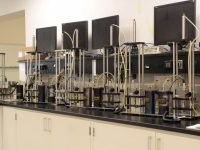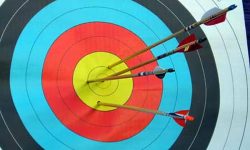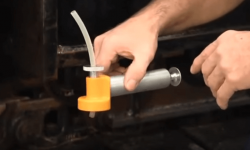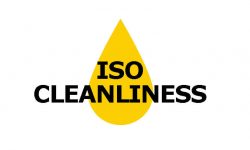Understanding Particle Counting Methods
Particle counting is considered by many to be one of the most important test for used oil analysis. Many problems can be quickly and easily identified by monitoring the number and size-distribution of particles in an oil sample. The ISO Code is the most common unit of reporting the number of particles found in a sample.
There are a few test methods that can be used to determine the particle count in a sample.
Using the flow decay method, a sample of oil is passed oil through a calibrated screen that acts like a filter. As the oil is pushed through the screen more and more, hard particles “clog” the screen preventing the flow of oil. Based on how quickly the screen is clogged, which impacts oil flow, the instrument translates that data into a particle count with an ISO code. The important takeaway from this method is that it only accounts for hard particles such as wear metal and dirt.
On the other hand, the optical particle count instrument as oil flows through a cell within the instrument a laser is shown through the sample. Hard and soft particles alike will impede the laser showing a shadow on the detector. The detector counts the number of shadows and their sizes to give the particle count and ISO code. The important takeaway from this method is that it considers both hard and soft contaminants as particles. Soft contaminants, or particles, include materials such as water, air bubbles, contaminating lubes, and varnish.
More often than not, the optical particle count is higher than the pore blockage because that method counts many additional materials as particles. We feel that both provide good data; however, choosing one method over the other depends on your goals. If your goal is to determine how “dirty” the oil is in the traditional sense (hard particles from wear and dirt) TestOil recommend's pore blockage. If your goal is to identify all possibilities of ingression (hard and soft particles like those mentioned in the previous paragraph) request the optical particle count method.
We do have other customers that use both methods. Just remember, if you see a significant difference between the results of each method, that can indicate water, air bubbles, varnish, etc. - in addition to typical dirt and wear metal.






